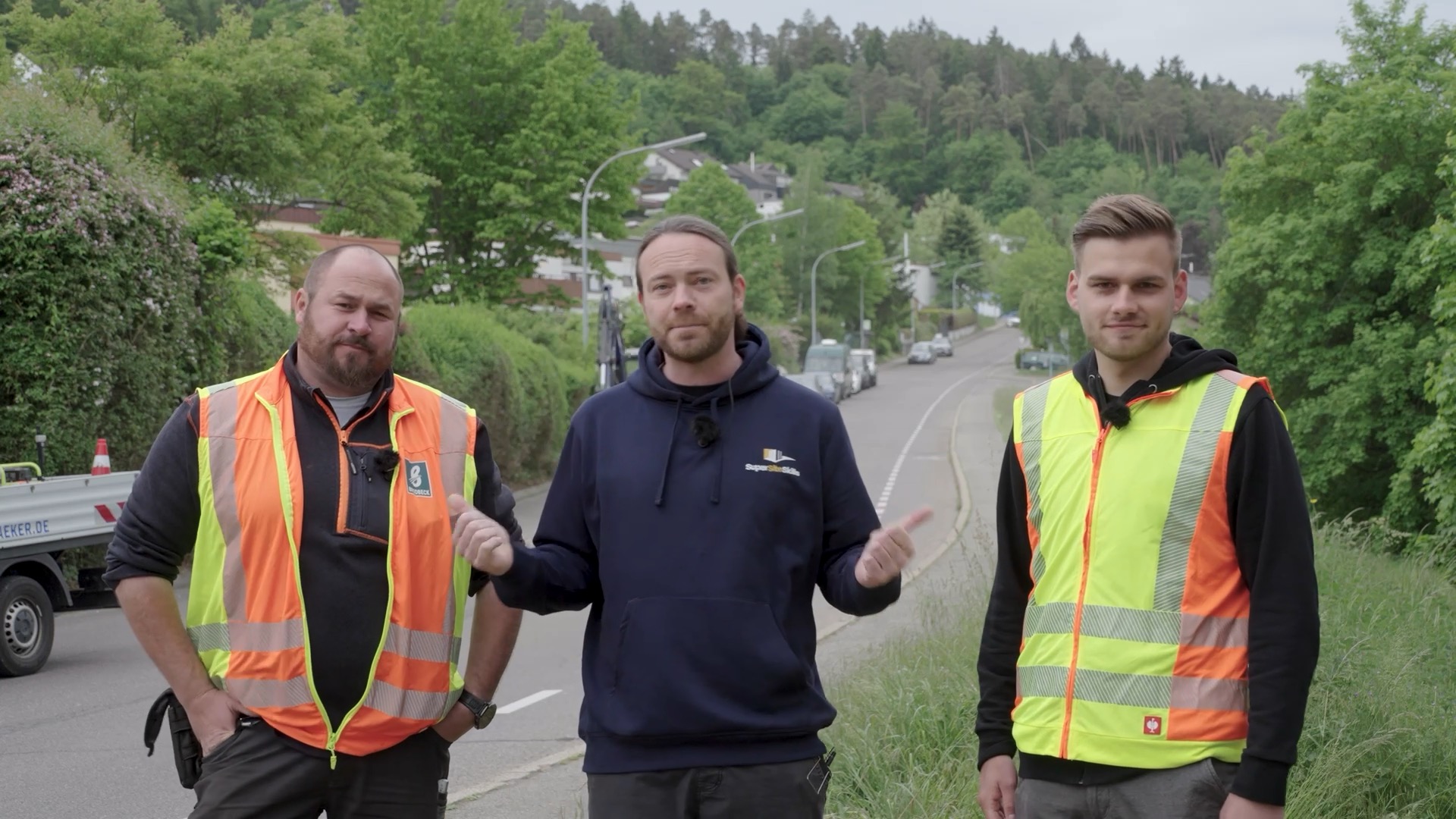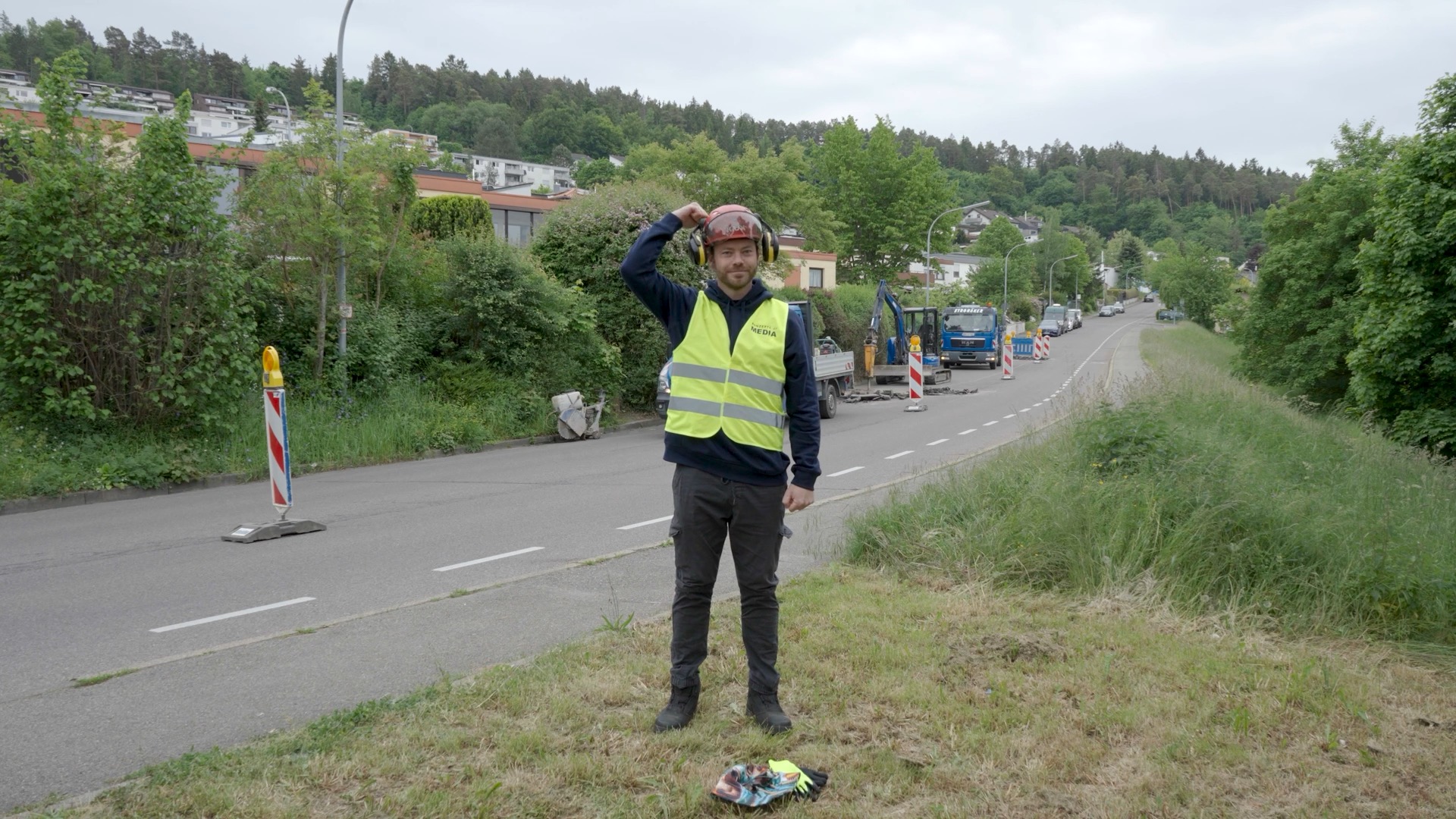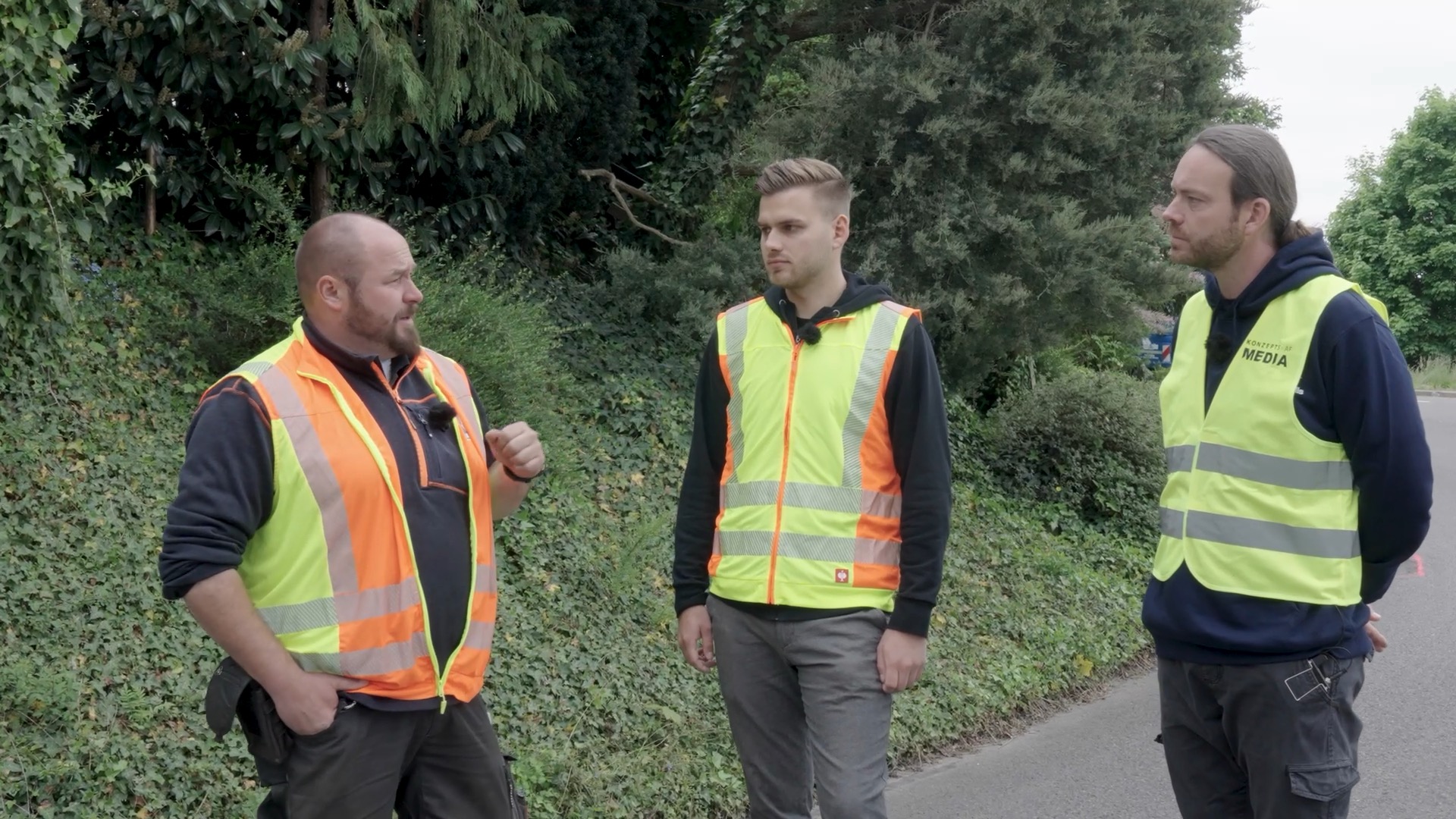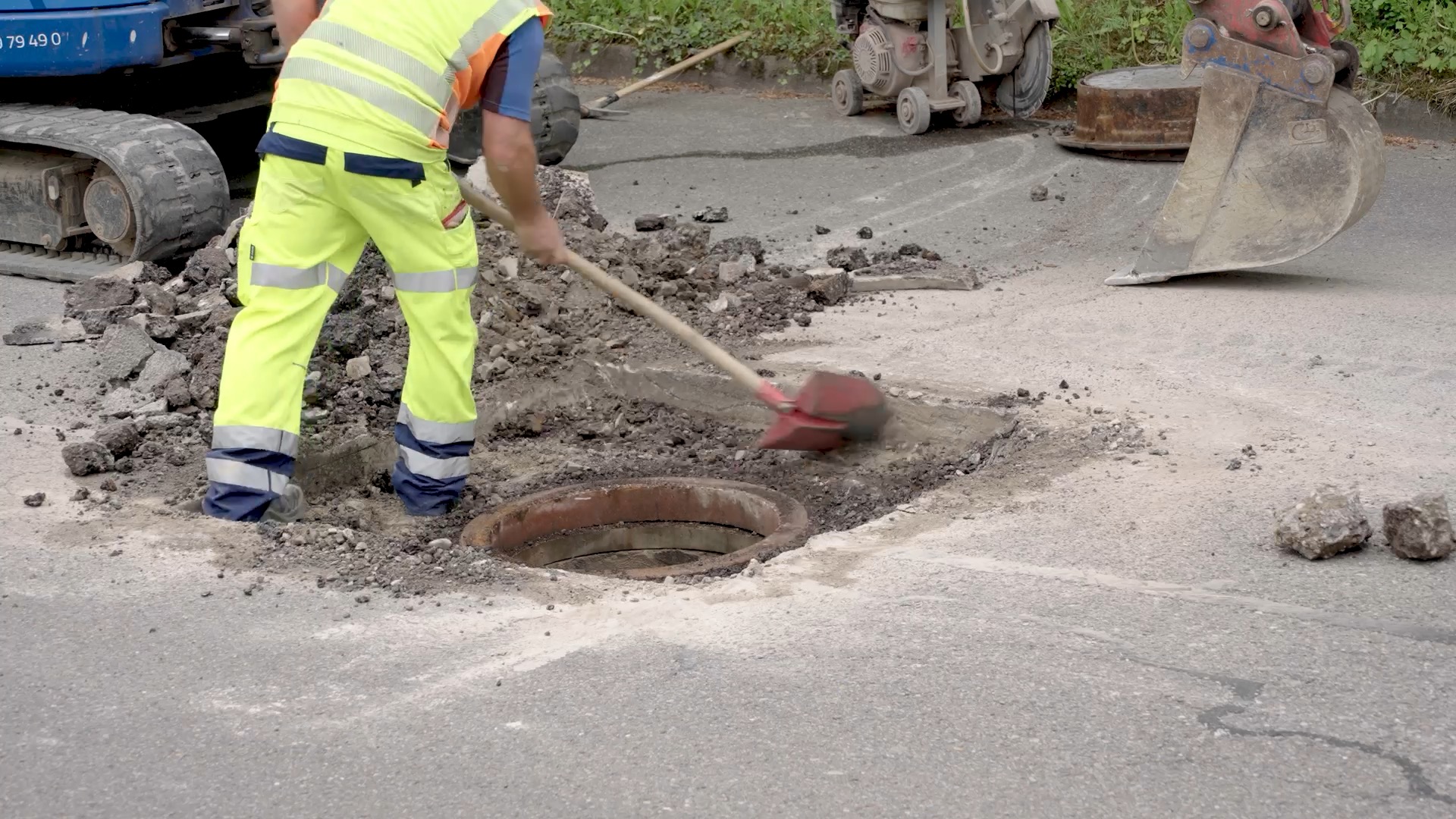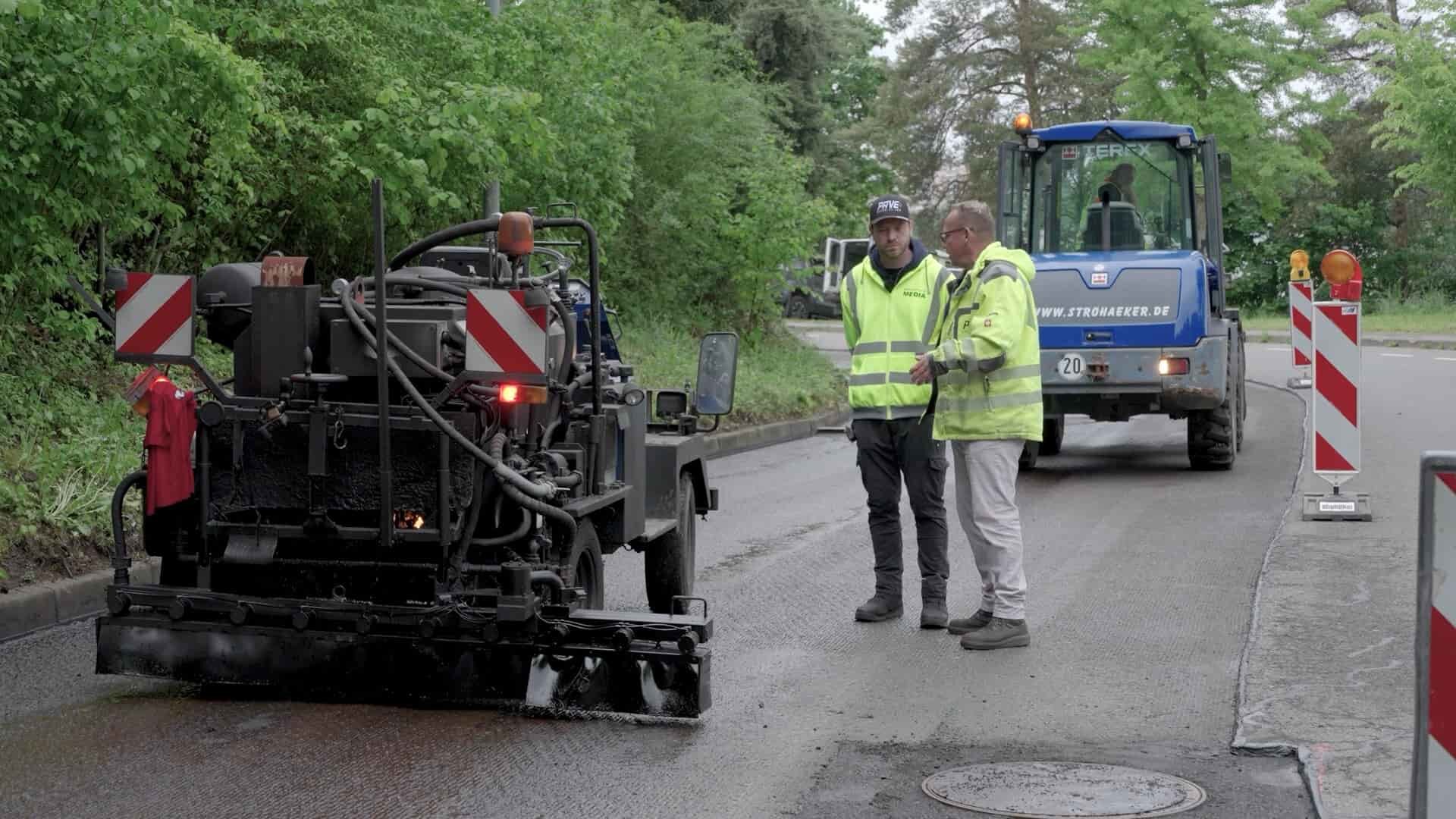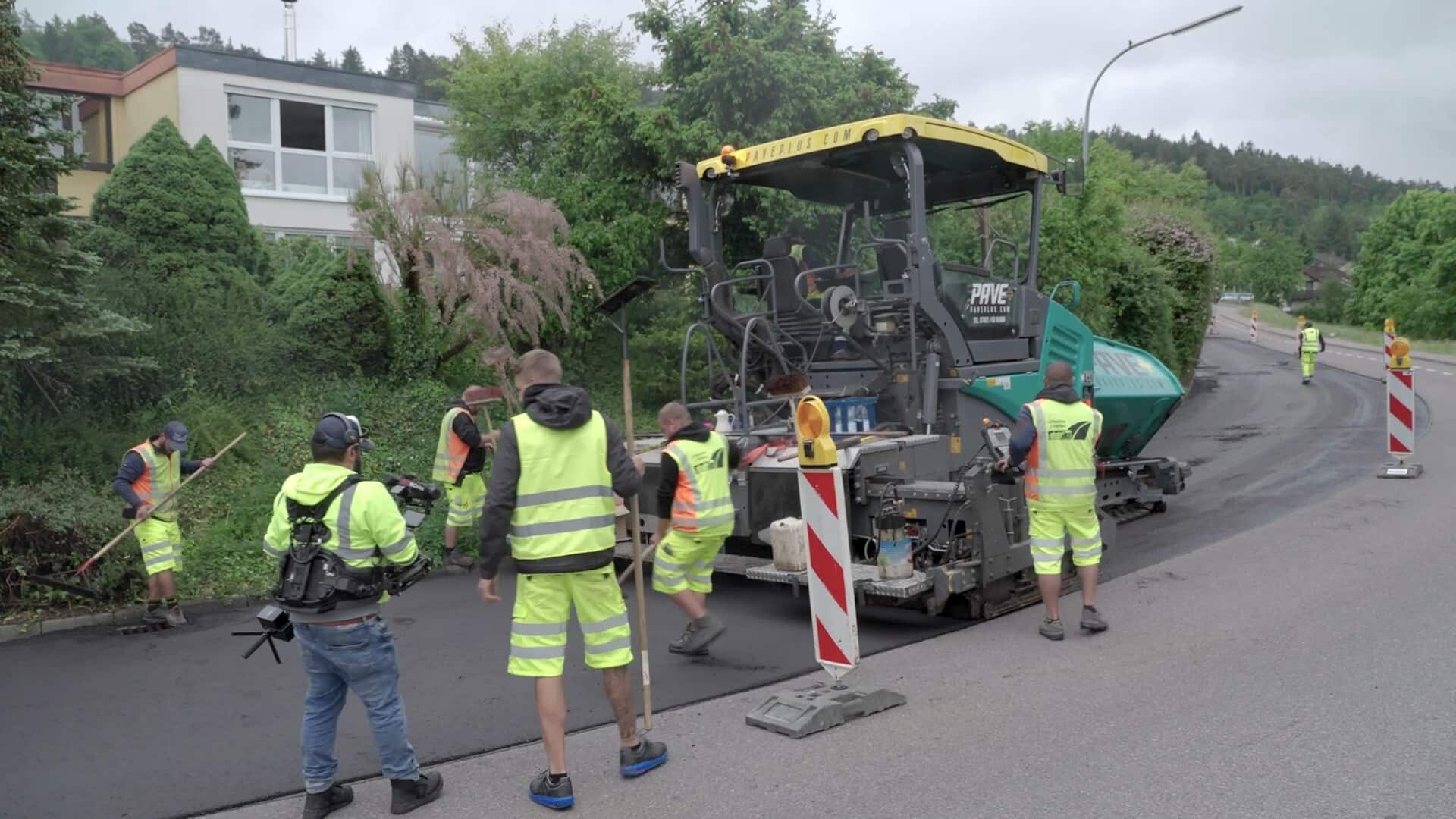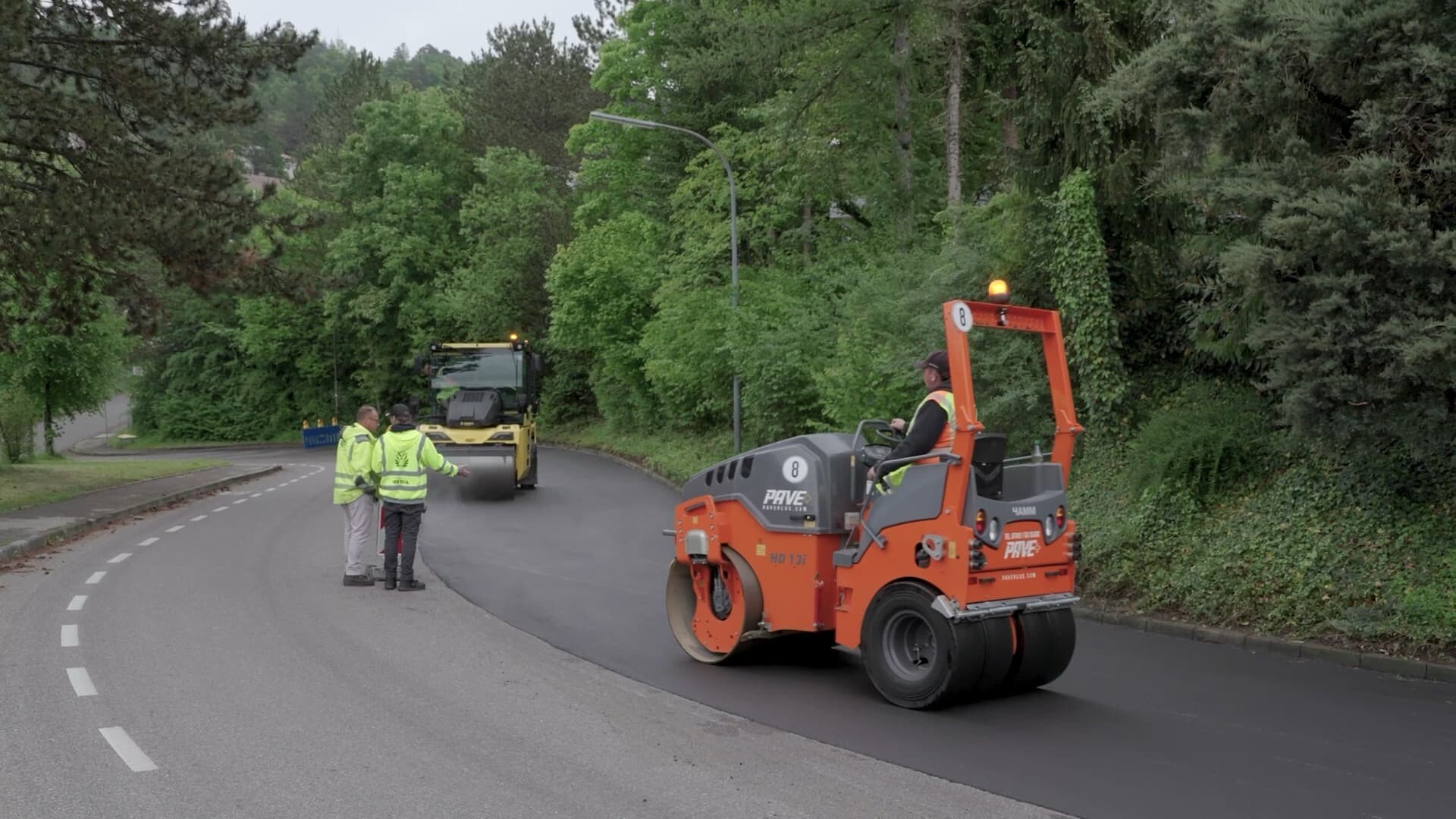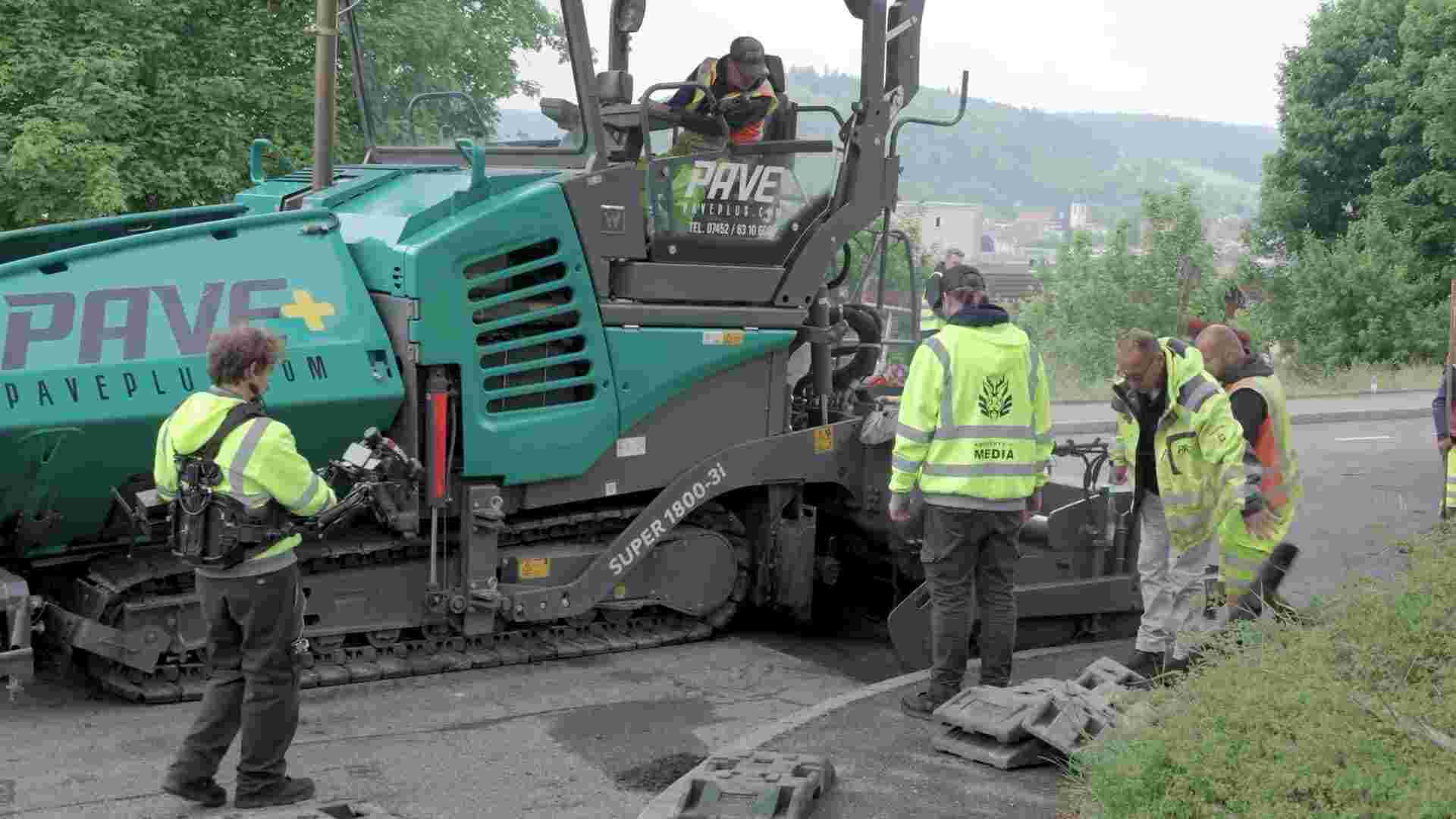Asphalt construction Deepening
In this training course, you will gain in-depth insights into asphalt types according to current regulations and learn about the intended use and the possibilities of additives.
Only 299,00 €
(plus. 19% VAT)This training is only available as a single license for 14 days
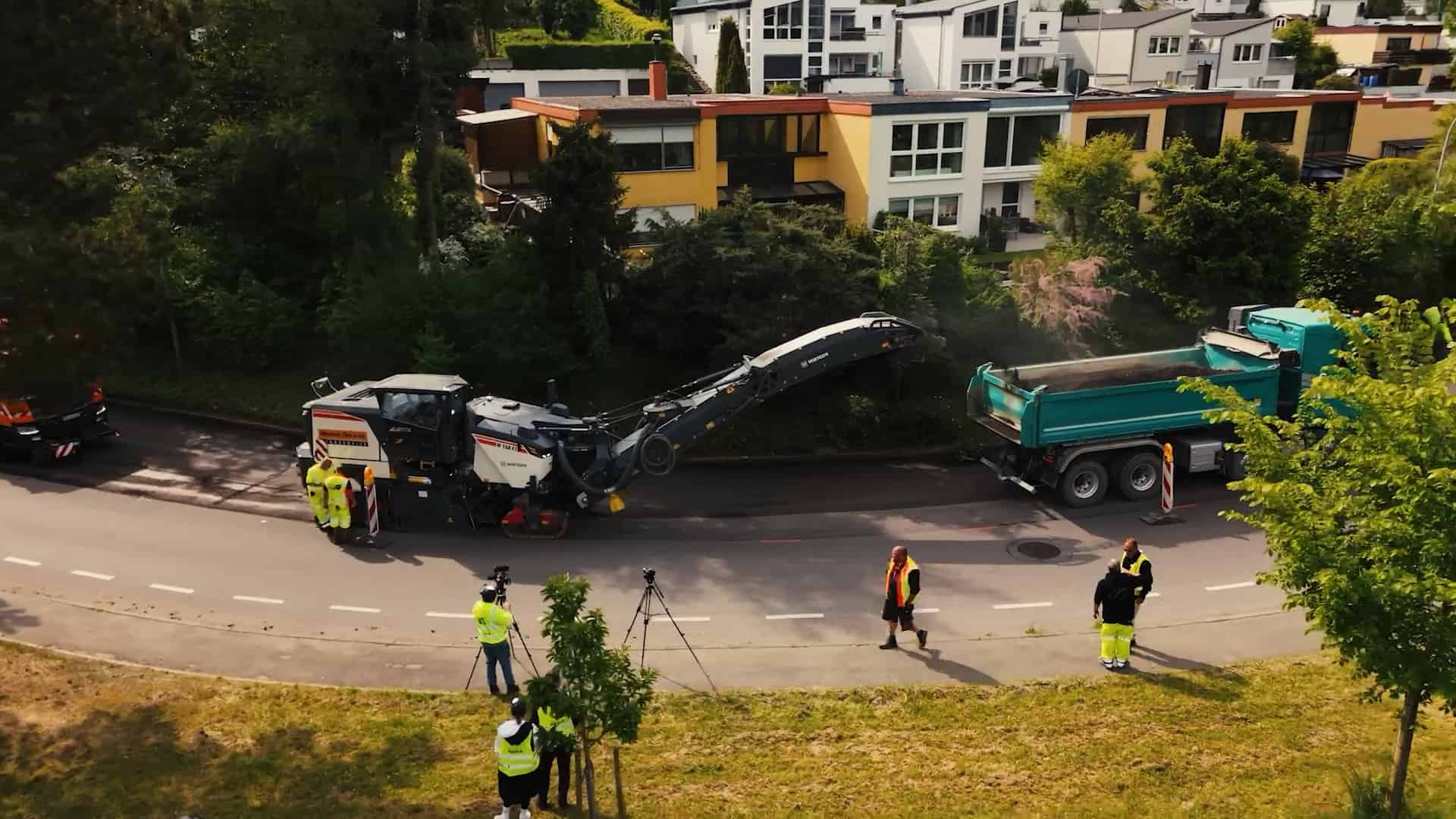
Experience asphalt paving on the construction site
Our in-depth course is aimed at users who already have experience with asphalt paving. After you have already acquired all the basic knowledge in our seminar on the basics of asphalt construction, you will now learn about special aspects that you will encounter again and again in your everyday work on the construction site.
We are particularly pleased to welcome two renowned experts as guests for this training course. Both will share their extensive experience from their respective specialisms with you.
Sebastian Miesem from FAME will tell you everything you need to know about the future of asphalt paving. Bernhard Süss from AMA Asphaltmischanlagenservice GmbH, on the other hand, will give you an insight into the various methods for testing and ensuring the quality of bitumen and answer typical user questions.
Learn step by step from the experts!
The course offers you interactive modules on construction site preparation, machine technology and quality assurance – all virtual, practical and accessible at any time.
-
Working with the spray trolley
Procedure for applying the adhesive
-
Professional installation of manholes
Practical explanation of installation

18 chapter videos
(Theory and Practical Parts)

Ideal for site managers and employees in asphalt, road or civil engineering with prior knowledge

Available in German, English, Polish and Portuguese*

Total Duration:
approx. 3:06 hours

*Coming soon in the following languages:

French

Italian
Please note
Our training courses have been translated into various languages with the support of modern AI tools. Despite the utmost care, small translation errors may occasionally creep in.
If you notice anything, please let us know at info@supersiteskills.com.
Thank you for your understanding!

 DEUTSCH
DEUTSCH
 TüRKçE
TüRKçE
 Українська
Українська
 Русский
Русский
 Български
Български






